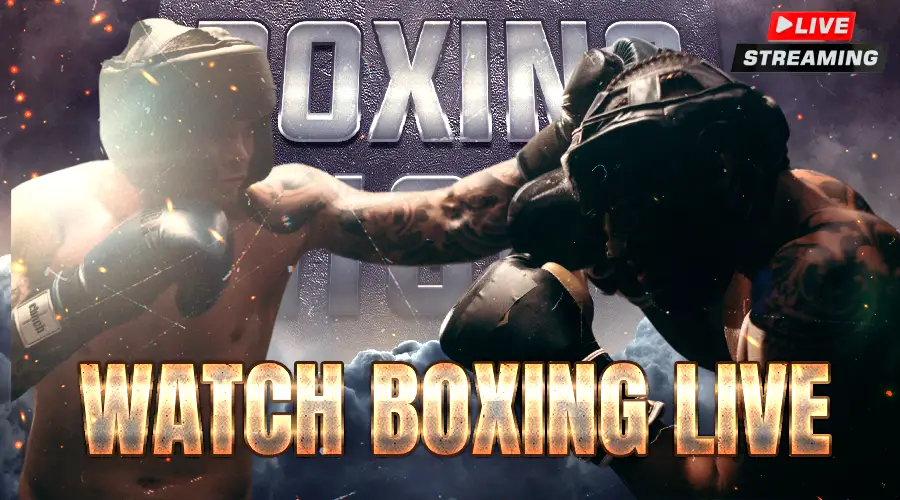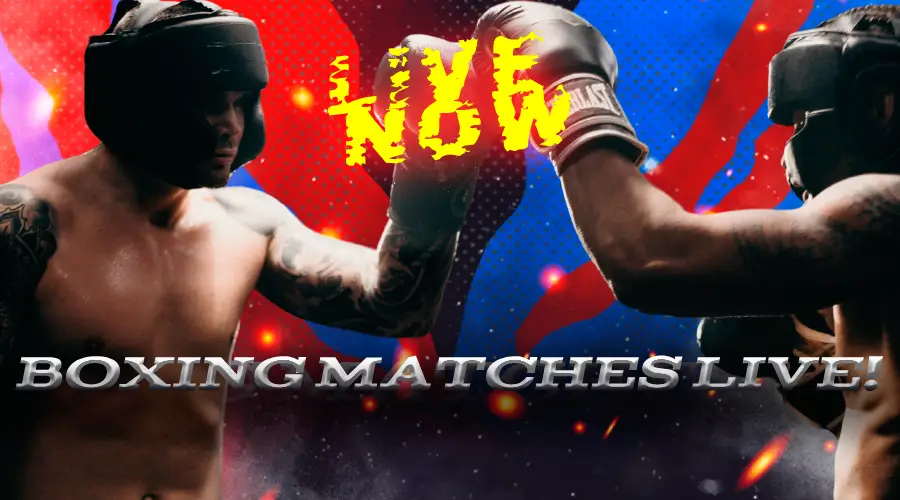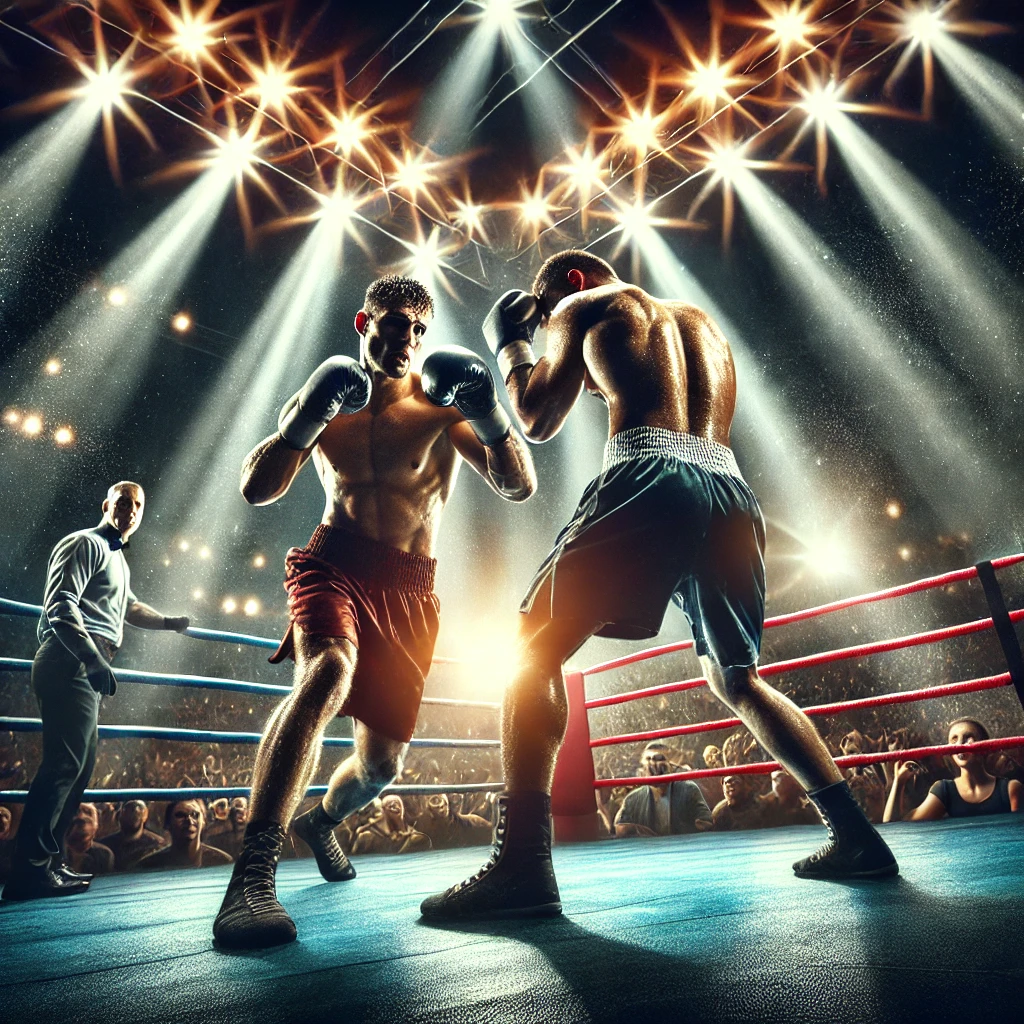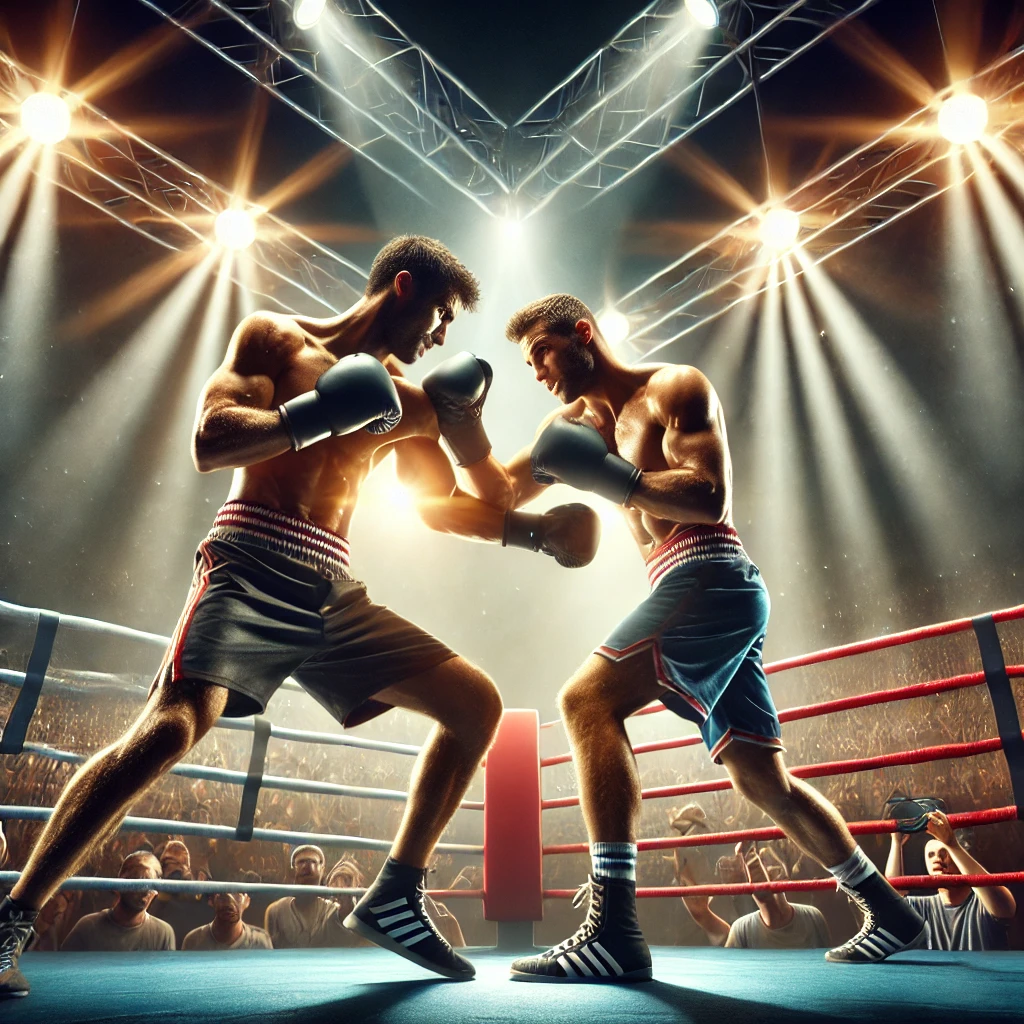Boxing is one of the oldest and most revered combat sports, rich in history and deeply embedded in the fabric of many cultures. From its brutal beginnings in ancient civilizations to its status as a regulated, modern-day sport, boxing has captivated audiences for millennia. Its evolution has been remarkable, transitioning from rudimentary hand-to-hand combat into a highly technical and strategic sport. Today, boxing continues to draw crowds from around the world, influencing other sports and attracting a massive global audience.
In this article, we will explore the history of boxing, its rise in popularity, the role of teams and trainers, and its lasting impact on sports culture worldwide.

The Early Beginnings of Boxing
The roots of boxing can be traced back thousands of years, with the first evidence of organized fighting found in ancient Egypt and Mesopotamia. These early depictions show men engaged in fistfights with no formal rules, gloves, or protective gear. Ancient boxing contests were often brutal, lacking the refined techniques and protective regulations seen in the sport today.
Boxing was later formalized in ancient Greece, where it became an integral part of the Olympic Games in 688 BC. Unlike today’s version of the sport, Greek boxers fought without rounds or rest periods, and the match only ended when one competitor was knocked out or admitted defeat. These early fights were much more savage, with little regard for safety.
The sport was also widely practiced in ancient Rome, where fighters used leather thongs to wrap their fists, sometimes embedding sharp objects into them to inflict more damage. Gladiatorial boxing was popular entertainment in the Roman Empire and often involved fights to the death, until boxing faded away with the fall of Rome.
The Resurgence of Boxing in Modern Times
After centuries of obscurity, boxing reemerged in the 17th century, particularly in England, where it began to resemble the sport we know today. English aristocrats started arranging matches, known as prizefights, and betting on their favorite fighters. However, these early matches were still mostly bare-knuckle fights with very few rules, resulting in significant injuries to the fighters.
One of the most important figures in early modern boxing was James Figg, an English bare-knuckle fighter who is often credited with popularizing boxing in the early 18th century. Figg’s influence extended beyond his own matches; he opened a boxing school where he taught fighters the techniques and strategies that would lay the foundation for modern boxing. He became the first English boxing champion in 1719, holding the title until his retirement.
The first set of rules was introduced by Jack Broughton, another English champion, in 1743. Known as Broughton’s Rules, they were designed to make the sport safer by introducing the concept of a referee, banning certain illegal moves, and requiring fighters to take breaks between rounds. These rules set the stage for the eventual transformation of boxing into a professional sport.
In the mid-19th century, the London Prize Ring Rules were introduced, followed by the Queensberry Rules in 1867. The Queensberry Rules are the direct predecessor of modern boxing regulations, requiring the use of gloves, setting round limits, and introducing weight classes to ensure fair competition. These rules helped legitimize the sport, and boxing began to grow in popularity around the world.

The Golden Age of Boxing
The early 20th century saw boxing enter what many refer to as its golden age. Boxing had become a fully organized sport with professional fighters, weight classes, and championship titles. Major cities like New York, Chicago, and London became epicenters of the sport, with large arenas filled with spectators eager to watch championship bouts.
The rise of mass media, especially radio and television, further propelled boxing into the limelight. Legendary fighters like Jack Dempsey, Joe Louis, and Sugar Ray Robinson became household names, captivating audiences with their skill, determination, and charisma. These fighters not only became champions in the ring but also cultural icons, representing different aspects of society during their eras.
Joe Louis, also known as the “Brown Bomber,” is widely considered one of the greatest heavyweight champions of all time. His 12-year reign as champion, from 1937 to 1949, was filled with iconic moments, including his rematch with German fighter Max Schmeling in 1938. Louis’s victory over Schmeling was seen as a symbolic win for democracy and freedom over fascism, making him a hero during World War II.
Boxing’s golden age continued into the 1960s and 1970s, with Muhammad Ali rising to prominence as one of the most influential athletes in history. Ali’s combination of skill, showmanship, and political activism made him a global figure, transcending the sport itself. His rivalries with Joe Frazier, George Foreman, and Sonny Liston remain some of the most memorable moments in boxing history.
The Global Expansion of Boxing
As boxing grew in popularity, it expanded beyond the Western world, becoming a truly global sport. Latin America became a powerhouse in the sport, producing legendary champions like Roberto Durán from Panama, Julio César Chávez from Mexico, and Alexis Argüello from Nicaragua. These fighters not only dominated the sport but also became cultural icons in their respective countries.
Boxing also found a significant foothold in Asia, particularly in the Philippines and Japan. Manny Pacquiao, an eight-division world champion from the Philippines, is one of the most celebrated fighters of the 21st century. His success has made boxing one of the most popular sports in the Philippines, inspiring a new generation of fighters.
In Africa, fighters like Azumah Nelson from Ghana and Dick Tiger from Nigeria became international stars, showcasing the continent’s growing influence in the sport. South Africa has also been a hub for boxing, producing champions and hosting major events.

Boxing Teams and the Role of Trainers
While boxing is primarily an individual sport, the role of teams and trainers is crucial to a fighter’s success. A boxer’s team includes a variety of specialists, such as trainers, cutmen, managers, and nutritionists, all working together to prepare the fighter for competition.
One of the most well-known trainers in boxing history is Angelo Dundee, who trained Muhammad Ali throughout most of his career. Dundee’s tactical acumen and ability to motivate his fighters made him one of the most respected figures in the sport. He also worked with Sugar Ray Leonard, helping him become one of the top fighters of the 1980s.
Another legendary trainer is Cus D’Amato, who guided Mike Tyson to become the youngest heavyweight champion in history at the age of 20. D’Amato’s emphasis on discipline and defense, particularly his development of the peek-a-boo style, helped Tyson dominate the heavyweight division in the late 1980s and early 1990s.
Freddie Roach is another modern-day trainer who has achieved remarkable success. Roach, a former boxer himself, has trained some of the sport’s biggest names, including Manny Pacquiao, Miguel Cotto, and Amir Khan. His gym, the Wild Card Boxing Club in Los Angeles, is one of the most famous training facilities in the world.
Boxing gyms around the world serve as breeding grounds for young talent, many of whom come from disadvantaged backgrounds. These gyms provide discipline, structure, and a path to a better life, making boxing more than just a sport for many fighters.
The Popularity of Boxing Today
In the 21st century, boxing has maintained its status as a global sport, although it faces competition from other combat sports like mixed martial arts (MMA). Despite this, boxing continues to draw large audiences, particularly for high-profile fights.
The rise of pay-per-view (PPV) events in the 1980s and 1990s allowed boxing to generate massive revenues, with fighters like Floyd Mayweather Jr. and Manny Pacquiao earning tens of millions of dollars per fight. Mayweather, in particular, has become known for his undefeated record and his ability to generate enormous revenue through self-promotion and strategic matchmaking.
One of the most significant boxing events in recent years was the 2015 fight between Floyd Mayweather Jr. and Manny Pacquiao, dubbed the “Fight of the Century.” The fight generated over $400 million in revenue and was watched by millions of people around the world, cementing boxing’s place in the modern sports landscape.
Heavyweight boxing has also seen a resurgence in recent years, with fighters like Anthony Joshua, Tyson Fury, and Deontay Wilder leading the way. Their trilogy of fights, particularly the 2021 bout between Fury and Wilder, showcased the drama and excitement that heavyweight boxing can bring.
Boxing’s reach has expanded thanks to digital platforms that allow fans to “watch football online” and other sporting events from around the world. Streaming services like DAZN and ESPN+ have made it easier for fans to access live boxing events, helping the sport reach new audiences.
Boxing and Its Cultural Impact
Boxing has always been more than just a sport. It has served as a reflection of social and political issues throughout history. Figures like Muhammad Ali, who used his platform to speak out against racial injustice and the Vietnam War, have shown that boxing can be a powerful tool for social change.
The sport has also been portrayed in numerous films, books, and television shows, further solidifying its place in popular culture. Films like Rocky, Raging Bull, and Million Dollar Baby have depicted the highs and lows of a boxer’s journey, resonating with audiences beyond just sports fans.
Boxing’s portrayal in popular culture has often highlighted the individual struggle, the discipline, and the physical and mental endurance required to succeed. The image of the underdog fighter overcoming the odds has become a metaphor for life’s challenges, inspiring countless people.
The Future of Boxing
As we look to the future, boxing is likely to continue evolving. The rise of influencer and celebrity boxing has brought a new dimension to the sport, with high-profile fights between YouTubers and social media stars drawing significant attention. While these events have been met with some skepticism, they have also introduced a younger audience to the sport.
Boxing will also continue to benefit from technological advancements. Virtual reality (VR) and augmented reality (AR) are beginning to make their way into sports, offering new ways for fans to experience fights. The ability to “watch football online” and boxing events through immersive technology could revolutionize how fans engage with the sport.
At the grassroots level, boxing remains a vital outlet for young athletes, particularly in disadvantaged communities. Boxing gyms around the world will continue to produce the next generation of champions, keeping the sport alive and thriving.
Conclusion
Boxing’s rich history, global popularity, and cultural significance have made it one of the most enduring sports in human history. From its early days in ancient civilizations to its current status as a multi-billion dollar industry, boxing has captured the imaginations of millions. Teams, trainers, and promoters play critical roles in shaping the careers of fighters, while technological advancements and new trends continue to push the sport forward.
As the sport evolves, boxing’s timeless appeal remains strong. Whether you’re watching the biggest professional fights or following the journey of an up-and-coming amateur, boxing continues to offer excitement, drama, and a testament to the human spirit.

Leave a Reply